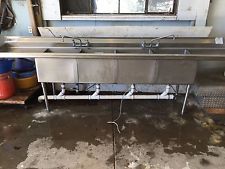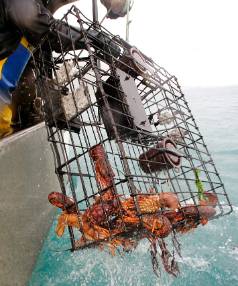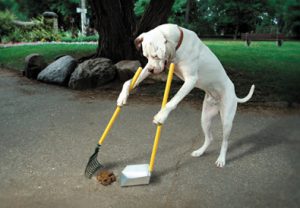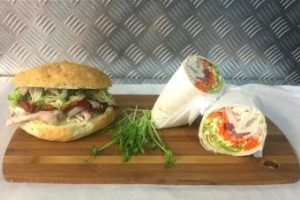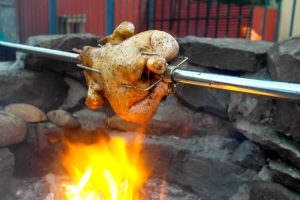We don’t have a lot of rules on barfblog. In the about us section we’ve got our mantra:
opinions must be evidence-based – with references – reliable and relevant. The barfblog authors edit each other, often viciously.
We also have adopted the Wikipedia test of is it new and notable.
Listeria leading to a recall of frozen, ready-to-bake biscuits is new. And notable.
According to a company announcement, T. Marzetti is recalling a whole bunch of partially cooked. For the folks outside of the nerd world, this means they are raw, intended to be cooked before consumption. But as we’ve told industry and regulator folks repeatedly, people don’t do what you want them to do all the time, Including cooking/heating. 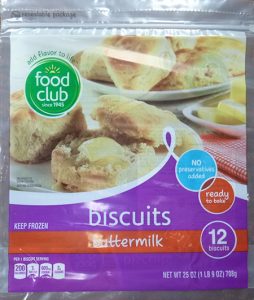
If you’ve got Listeria in your product, and you’re not sure how people really prepare it, get it out of their hands.
Don and I have talked on Food Safety Talk a bunch about the limitations of Listeria testing, including enumeration vs. presence/absence. Looking for it and finding it tells you where you are regulatory. Because the relatively hight mean infectious dose of Lm in many described outbreaks (see this excellent paper from Régis Pouillot and colleagues discussing the Blue Bell-linked Lm outbreak and dose levels for more) just finding one Lm cell in a bag has a different public health risk from 10^8 cells per biscuit. Presence/absence doesn’t help with that.
As a precautionary measure, T. Marzetti Company is voluntarily recalling all “Best By” dates of the following products that were distributed in Alabama, Florida, Georgia, Indiana, Kentucky, Louisiana, North Carolina, Pennsylvania, South Carolina, Tennessee, Texas, and Virginia, because they may have the potential to be contaminated with Listeria monocytogenes.
No illnesses have been reported in connection with the recalled items.
This announcement applies only to the specific frozen biscuit dough products listed [here] and does not include any other items produced by T. Marzetti Company or other items under the brands listed below.
Wait for the blame-the-consumer wording. Wait for it…
Although these products are not ready-to-eat items and have baking instructions which, if followed, will reduce consumer risk, there remains some risk that the mishandling of this product prior to or without adequate baking may cause illness
And there it is.
Sure, baking will help. What about cross-contamination and growth? A recall notice isn’t a great place to get all negative with terms like ‘if followed’ and ‘mishandling.’


